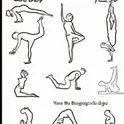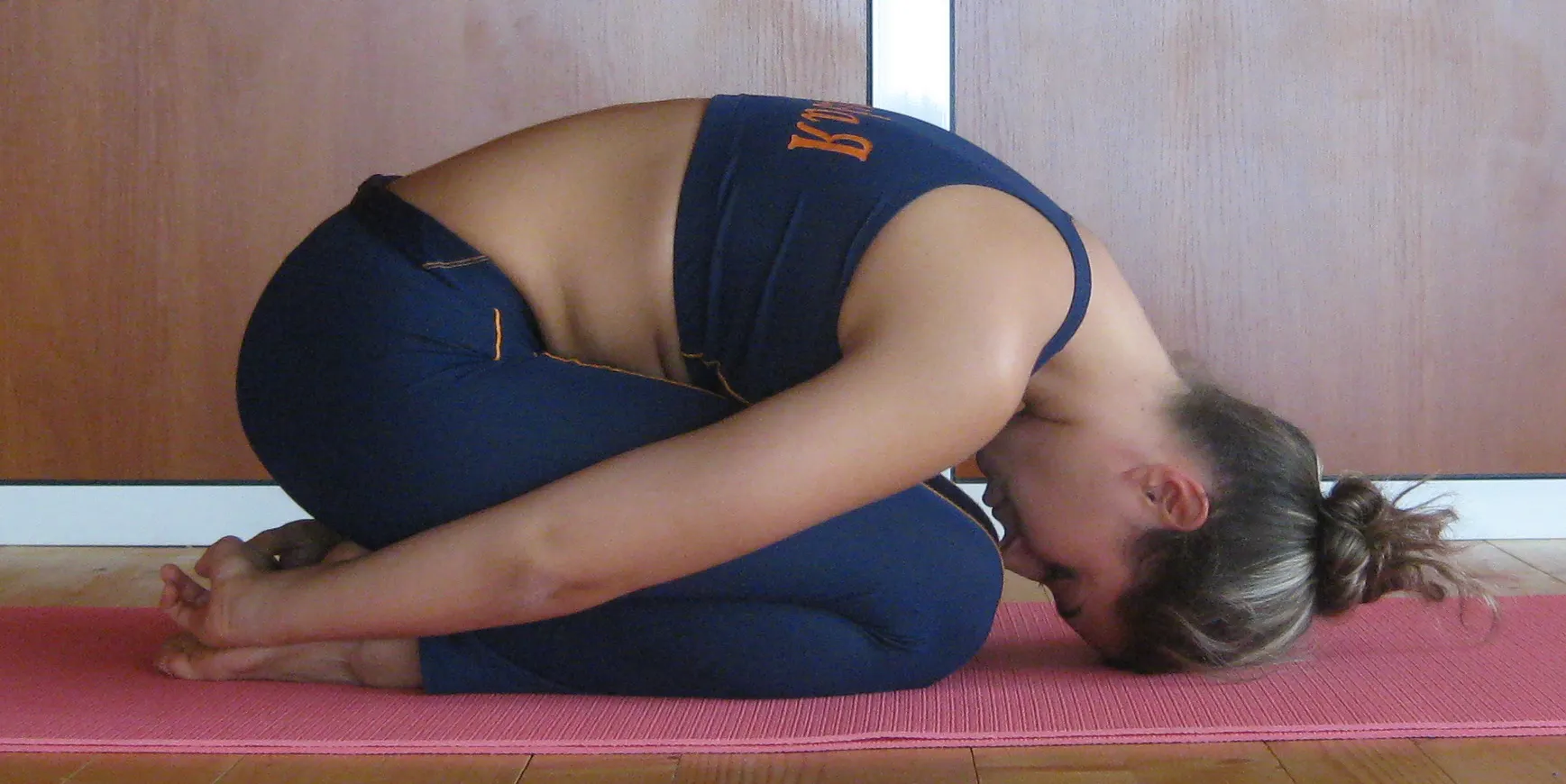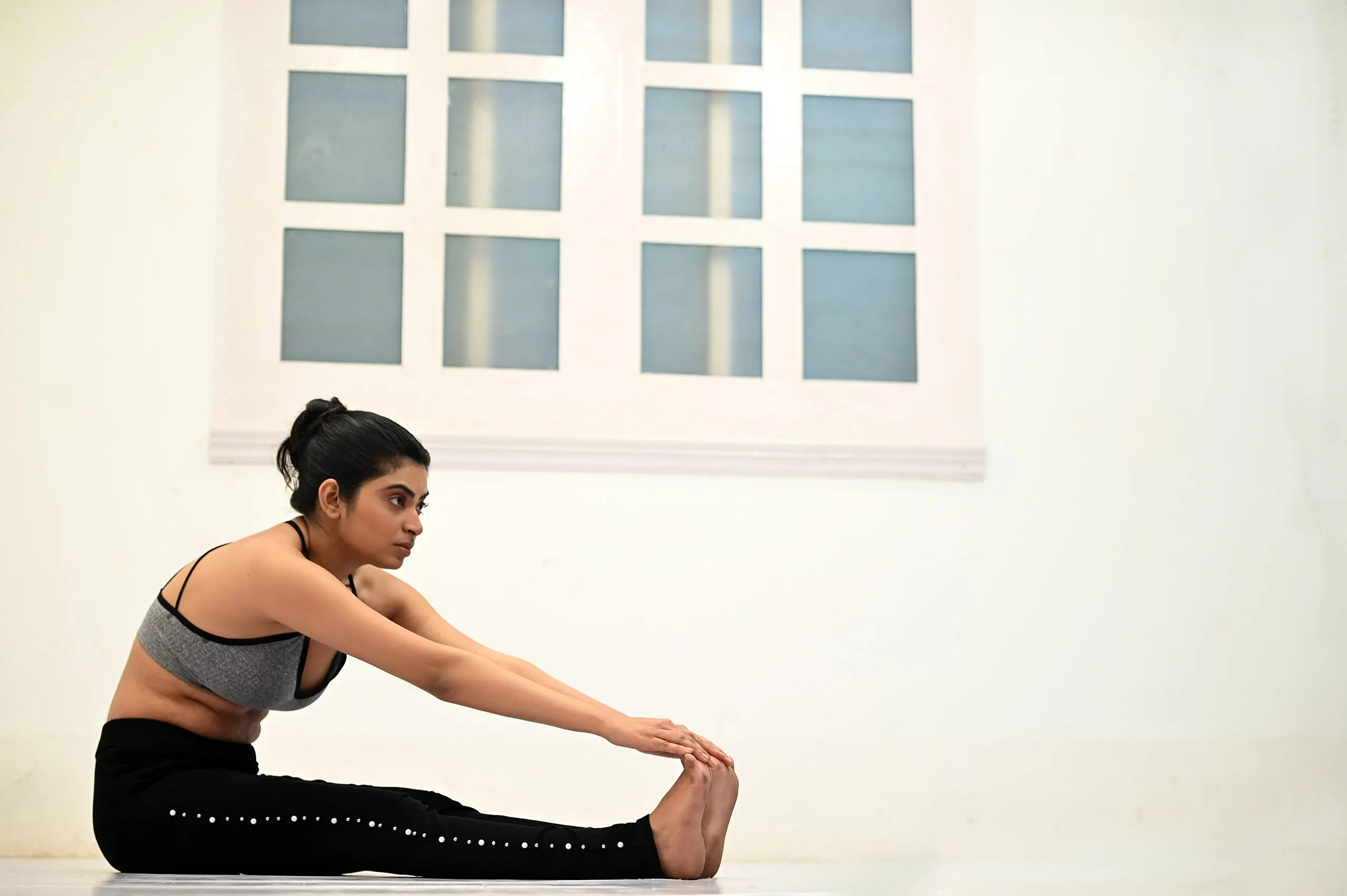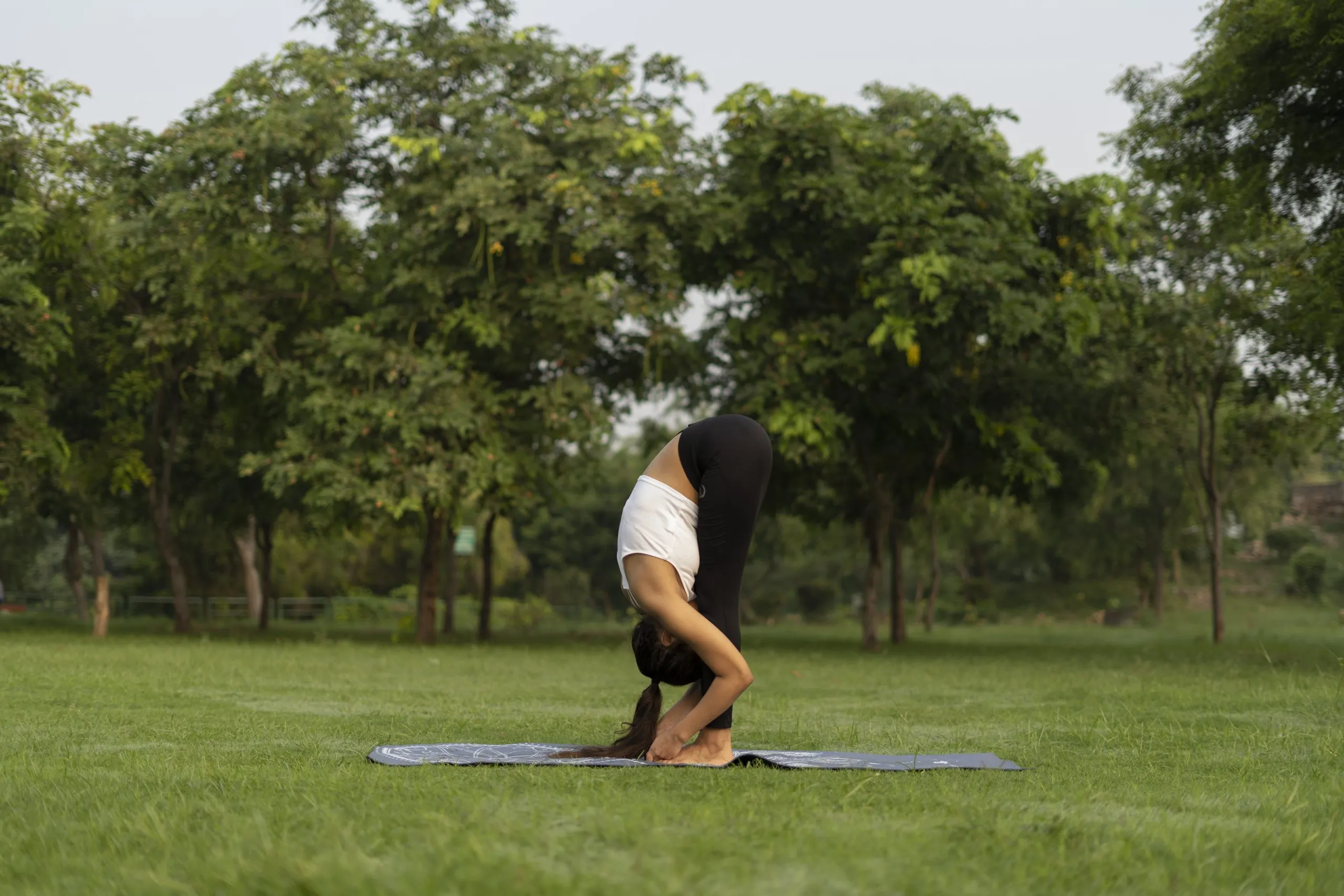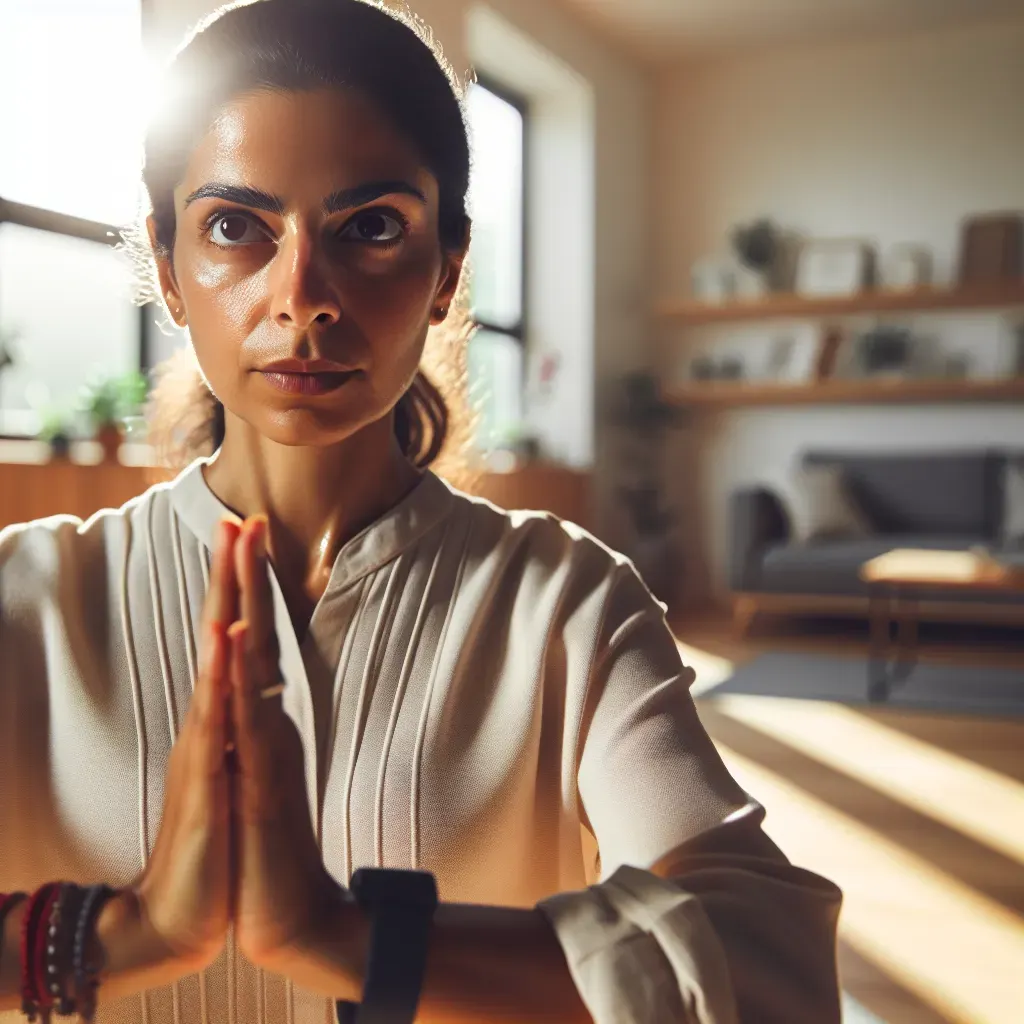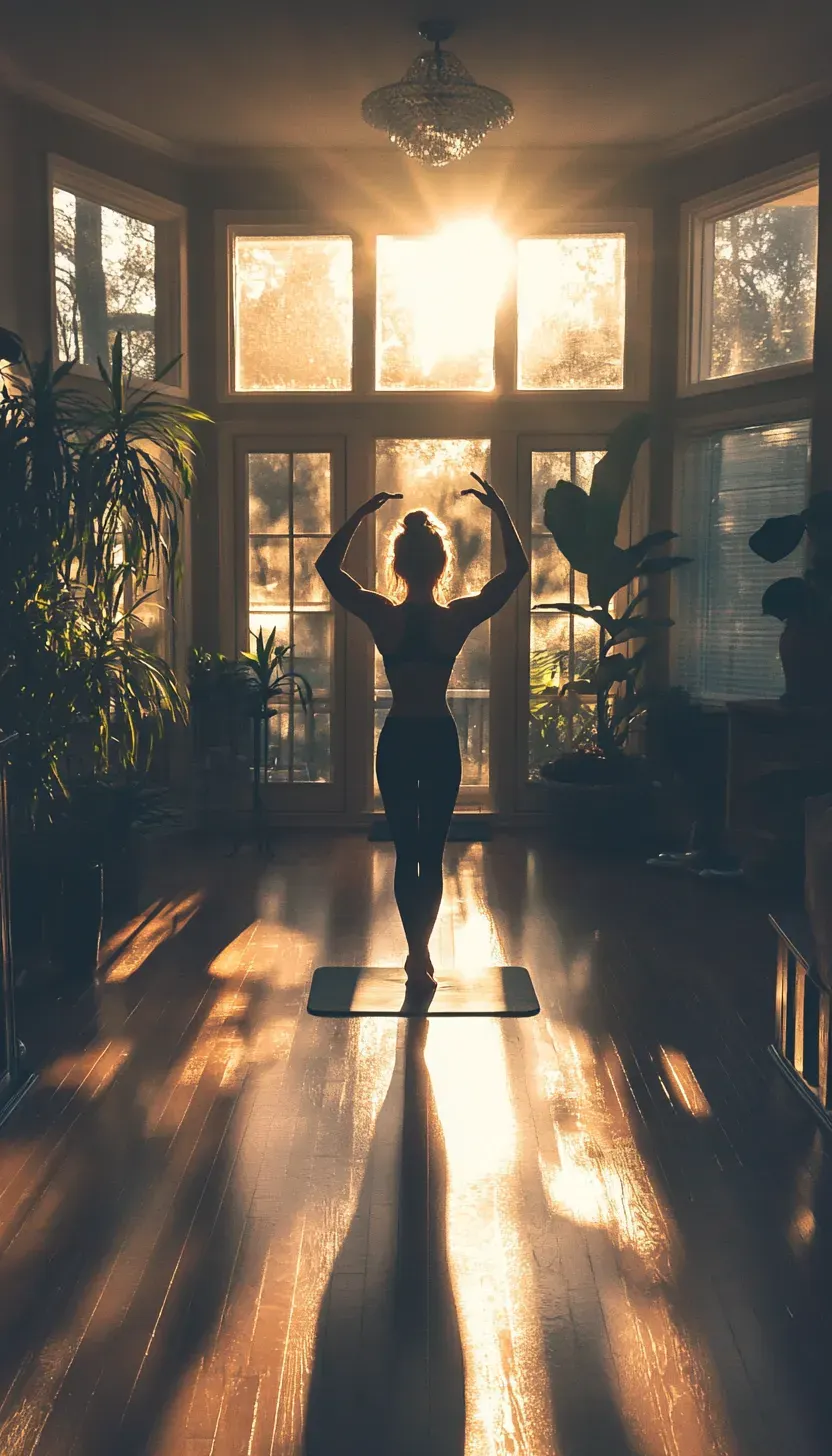5 Best Yoga Poses To Do Before Going to Bed
Table of Contents
1. Introduction
2. Child Pose: A Relaxing Yoga Pose for Better Sleep
3. Seated Forward Bend: Stretching Out After a Long Day
4. Standing Forward Bend: Simple Yoga Pose for Stress Relief
5. Cobra Pose: Relieving Tension in Your Back and Shoulders
6. Warrior Pose: Strengthening and Energizing Your Body
7. Conclusion
Yoga is an ancient practice that has been around for thousands of years. It’s a great way to relax and unwind after a long day at work. Yoga helps people feel better physically and mentally.
If you have trouble falling asleep at night, try this sequence of yoga poses. The gentle stretching and breathing will help you relax and wind down.
While the poses themselves will stretch out your muscles. And massage your internal organs.
The best yoga poses for sleep are the ones that will relax and calm you before bed. Yoga is a great way to unwind from your day, but it can be hard to choose the right poses to benefit you.
The following poses are some of the best ones you should try.
The right yoga poses can help you fall into a restful sleep that's free of tossing and turning.
Child Pose
The child's pose is an easy yoga pose that anyone can do. It helps relieve stress and tension in the body by relaxing the entire spine.
One of my favourite yoga poses is the Child Pose. It's a great way to rest between more challenging yoga poses and to stretch out your back and hips.
To do it, start on your hands and knees with your wrists directly beneath your shoulders. And your knees beneath your hips.
On an exhalation, lower your torso toward the floor. Rest on your forearms, keeping them shoulder-width apart, with the tops of your feet on the floor.
Feel free to let your forehead drop toward the floor as well. But take care that this movement doesn't cause strain on the neck. Keep breathing as you hold this pose for 5 to 15 deep breaths.
Child pose is a great way to focus on the needs of yourself and your body. It helps children with emotional regulation and soothes their nerves.
After a long day, give them closure before they go to sleep. If you want to clear your mind and focus on yourself, this pose is perfect for that!
The child pose is great, but it should be renamed. It's not just for children. It's a very useful pose for anyone who has back pain and/or feels stiff in their upper body.
I've been using it to relieve my tight shoulders and lower back. especially after sitting at the computer all day. The name "child" gives the impression that it's only useful for young kids, and that is not true.
With the right alignment, this pose will stretch your chest and shoulders. Loosen your hips and pelvis, strengthen your lower back, and open up your neck and throat. And it even helps calm the mind.
Seated Forward Bend
This seated forward bend is one of the most straightforward yoga poses to learn. All you need to do is sit with your legs crossed and place your hands behind your back. Then, slowly lean forward until your chest touches your thighs. Hold this position for at least 30 seconds.
This posture is often called a "forward bend," but it's not bending forward in the traditional sense.
That's because the spine is flexed, or rounded. While the torso remains upright and vertical.
This posture lengthens and stretches the muscles along the back of your body. Including the hamstrings, glutes, and lower back.
The seated forward bend is a great way to stretch out your hamstrings and glutes. Especially if you're feeling tight after a long day of sitting at your desk or in meetings.
It's also a good pose to practice before your daily run or bike ride. So that you can loosen up those same muscles before getting active.
While seated, bring your torso toward your thighs by bending from the hips. Keep your knees straight and use a yoga strap if necessary to hold on to something for support.
If you have any trouble moving into this position, try practising with one foot tucked behind you. And the other leg extended out in front of you first.
If you have time to spare at work, try doing three minutes of seated forward bends every hour. Or so you'll feel more limber and ready to tackle anything.
Forward bends (and, in particular, seated forward bends) are vital for a healthy back and spine.
The spine is meant to extend backwards at the top of the body, like a long arch reaching towards the sky. This is a structural position that allows us to stand upright. With stability and strength.
But, because most people sit much more than they move, we often develop tightness in our lower back area.
Sitting also causes the spine to curve into an unnatural position called kyphosis. Where it is hunched forward and concave at the top instead of being straight up and down.
This round-shouldered position wreaks havoc on the vertebrae. And can cause pinching of the spinal nerves.
Seated forward bends can help relieve this pain by stretching out our psoas muscles. Which run along each side of our spine.
They also stretch out other muscles attached to those vertebrae. Including those that go between our ribs. And around our hips the piriformis and external rotators respectively.
These muscles are usually tight from being constantly contracted. When we sit too much or don't switch up our positions often enough.
By working these areas out through seated forward bends. We can ease pain, reduce muscle tension and give ourselves a long- posture lengthens. And stretches the muscles along the back of our body.
Standing Forward Bend
If you’re looking for more standing yoga poses to practice, then you should try these two poses. In both of them, you will stand up straight while bending forward. Start by placing your feet shoulder-width apart. Next, reach out with your arms and hold onto something sturdy. Finally, bend forward as far as you can without losing balance.
Standing Forward Bend is a basic posture that every practitioner should know. It's easy to execute and offers many benefits, including:
1. Stretching the hamstrings and calves
2. Stretching the arches of the feet and strengthening hip flexors
3. Strengthening the abdominal muscles
4. Relieving lower back pain
Standing Forward Bend is a simple yoga pose that can be practised by about anyone. Regardless of age, ability level, or fitness goals.
It's also one of the few yoga poses that you're likely to see in any sort of physical therapy office. So it's a good one to have in your back pocket.
It's a great pose for stretching out your lower back, hamstrings, and calves. It also gives your hips a bit of a stretch and opens up your chest muscles.
The pose is considered to be therapeutic because it relieves stress and helps calm the mind.
It can help relieve mild depression or anxiety and can even help improve memory. By stimulating blood flow through the brain.
To do this pose, stand straight while holding on to something like your door frame. Or a tree if no other support is available.
You should feel a nice stretch in your lower back muscles as you begin. With your feet hip-width apart bend forward from the hips.
Take care not to overstretch yourself; make sure you feel comfortable in the position. You find yourself in before proceeding further with the stretch.
Study after study has shown that stretching decreases muscle pain and improves flexibility. For people who regularly perform the exercises involved with it, so be sure to give this pose a try.
Cobra Pose
This pose is one of the easiest yoga poses to learn. It’s also very effective at relieving stress and tension. Begin by standing upright with your hands on your hips. Then, slowly lean forward until you feel comfortable. Once you’ve reached the point where you feel balanced, inhale deeply and exhale slowly.
The cobra pose is a good one for your back and shoulders, but it can be hard to get in the right place at first. Here are some tips to help you have success with this pose:
1) Find the right starting position. Ideally, your arms should be bent and you should be leaning forward on your hands.
If you have trouble with this, you can also try putting your knees down. And if that's too difficult, even putting a cushion or a block under your knees will help.
2) Use a wall if you need to. To get into the right position, you may have to lean against a wall.
If you're trying it on your own and aren't sure where to start, use a wall as support. As you lean forward onto your hands to help lift yourself up off of the floor or mat.
3) Bend your elbows until they point up at about a 45-degree angle. You'll want to keep your elbows together; if they're spread apart, it can make it harder for you to stay upright.
4) Make sure your arms are in line with each other. You don't want one arm forward of the other one. Instead, they should both be out front at the same angle so that they're parallel.
Cobra Pose is a great way to stretch your shoulders and back after a long day of work.
From a kneeling position, lean forward as you lift your chest up. The Head and shoulders are still in contact with the floor.
You can rest your hands on the floor in front of your chest or extend them away from your body.
Warrior Pose
The warrior pose is one of the most popular yoga poses because it strengthens the core muscles and improves balance. This pose also stretches out the back, shoulders, arms, legs, and feet.
Warrior Pose is a great balance exercise, regardless of your level of physical fitness. Warrior Pose is a great way to warm up your body and stretch out your muscles before you exercise.
It's also a great way to relieve stress and boost energy. Thanks to the combination of deep breathing and stretching.
Warrior Pose is a yoga pose that is done while standing or sometimes sitting in a chair.
It is also known as Virabhadrasana I after the warrior-god Virabhadra. Who is one of the manifestations of the god Shiva?
Warrior pose is a challenging asana but with practice, it can be performed by anyone.
Warrior Pose is done to energize, strengthen and stretch the arms, legs, and torso. It also allows practitioners to centre their focus and breathe deeply.
It is widely used in many styles of yoga. Including Ashtanga Vinyasa Yoga, Bikram Yoga and Power Vinyasa Yoga.
Despite its intimidating name, Warrior Pose is a simple gesture. That doesn't need strength or flexibility.
Its purpose is to create space between you and your environment. Making it an excellent way to prepare for meditation.
And no matter how you're using it whether it's before or after a yoga session. As part of your morning routine, or as a quick break during the middle of a busy day. It's likely to calm you down and put you in a better frame of mind.
Here's how to do it: Stand with your legs together and your arms down by your sides. Take a deep breath and exhale, raising your arms over your head and stretching them toward the ceiling.
Then bend forward at the waist as far as you can go without straining.
People Also Asked
1. What is the purpose of doing yoga before bed?
Yoga before bed helps relax the body and mind, promoting better sleep quality by reducing stress and tension accumulated throughout the day.
2. How long before bed should I do these yoga poses?
It's recommended to do these yoga poses about 30 minutes to an hour before bedtime to allow your body to unwind and prepare for sleep.
3. Can beginners do these yoga poses?
Yes, these poses are suitable for beginners. Start with gentle stretches and listen to your body's limits. Over time, you can gradually deepen your practice.
4. Do I need any special equipment to do these poses?
No special equipment is necessary. A yoga mat may provide more comfort, but you can perform these poses on any flat surface.
5. How long should I hold each yoga pose?
Aim to hold each pose for about 5 to 15 deep breaths, depending on your comfort level. Listen to your body and adjust the duration as needed.
6. Can I do these poses if I have back pain?
Yes, these poses can help alleviate back pain by gently stretching and releasing tension in the muscles. However, if you have chronic or severe back pain, consult a healthcare professional before starting any new exercise routine.
7. Is it okay to do yoga before bed if I'm pregnant?
Pregnant individuals should consult with their healthcare provider before practising yoga, especially if they are in their second or third trimester. Some poses may need to be modified or avoided.
8. Will doing yoga before bed make me more energized instead of sleepy?
While yoga can boost energy levels, the poses included in this sequence are chosen specifically to promote relaxation and prepare the body for sleep. Focus on deep, calming breaths to help induce a state of relaxation.
9. Can I do these poses if I have limited flexibility?
Absolutely! These poses can be modified to accommodate different levels of flexibility. Use props like blocks or cushions for support, and don't push yourself into discomfort. Over time, flexibility may improve with consistent practice.
10. Should I combine these poses with other bedtime routines, like meditation or aromatherapy?
Combining these yoga poses with other relaxing bedtime routines such as meditation or aromatherapy can enhance their effectiveness in promoting better sleep. Experiment with different combinations to find what works best for you.
Recommended Products
1. Yoga Mats: Recommend high-quality yoga mats for practising these bedtime yoga poses comfortably.
2. Essential Oils: Suggest calming essential oils like lavender or chamomile to enhance relaxation during the bedtime routine.
3. Yoga Blocks: Promote yoga blocks to assist with modifications and provide support during poses, especially for beginners or those with limited flexibility.
4. Meditation Apps: Recommend meditation apps that offer guided meditation sessions to complement the yoga poses and further promote relaxation before sleep.
5. Sleep Masks: Suggest comfortable sleep masks to block out light and create an optimal sleeping environment after completing the bedtime yoga routine.
